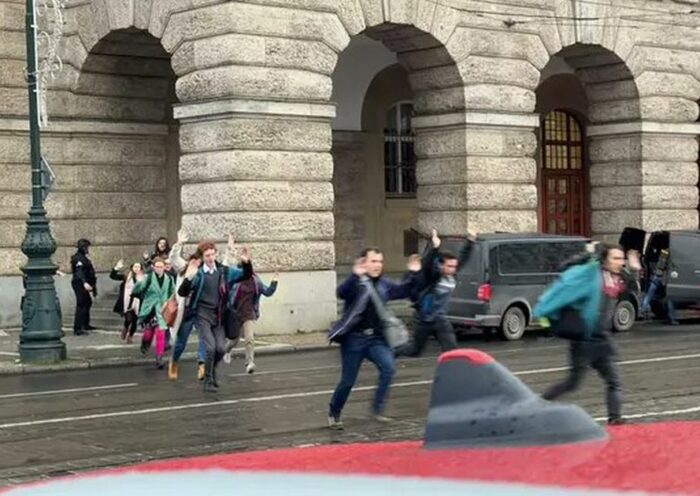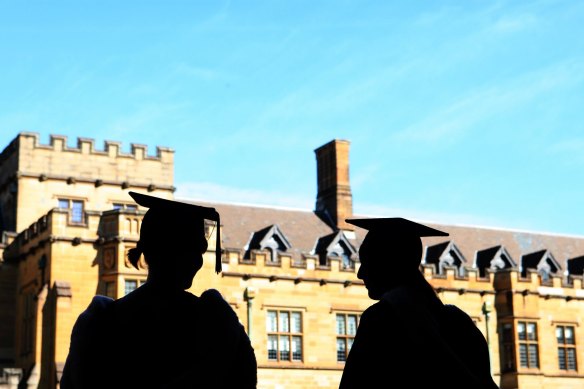Speed up lash application with Lash Flash tools In the competitive world of lash extensions, efficiency is key to success. Lash artists strive to deliver…
Australia’s migrant intake blew out to 510,000. Students are central to the plan to halve that
Save articles for later
Add articles to your saved list and come back to them any time.
In numbers
- 510,000 – Annual intake reaches record high
- 250,000 – New target for net migration by the year to June 2025
- $19 million – Cost to expand visa integrity unit
- 650,000 – Overseas students in Australia
Australia’s net migration will be halved within two years in a dramatic move to slash the annual intake from a record high of 510,000 by imposing tougher tests on overseas students and turning away workers with low skills.
The new migration strategy will demand students pass a stronger English-language test and will require them to prove they are genuine students before they enter the country, while making it harder for them to stay if they do not find jobs that help fix the nation’s skills shortages.
Home Affairs Minister Clare O’Neil is to unveil on Monday Labor’s strategy to bring down the immigration level.Credit: Alex Ellinghausen
The government remains open to more controversial measures, such as a cap on student numbers or higher fees on their visa applications, if the sweeping new plan does not cut the net migration intake to 250,000 by the year to June 2025.
Home Affairs Minister Clare O’Neil will outline the changes on Monday with a pledge to cut the intake to more sustainable levels and act against migrant exploitation without putting at risk the ability to attract workers for jobs that need to be filled, such as in hospitals and aged care.
The government will expand its visa integrity unit at a cost of $19 million to identify students who do not pass a “genuine student test” and should be turned away, reflecting concerns that too many drop out of their courses in order to work.
The new policies also aim to stop “visa hopping” that allows an overseas student or other visitor to jump from one migration claim to another so they can extend their stay while doing unskilled work.
International Education Association of Australia chief Phil Honeywood said the changes would probably work because the government had ways to “turn the tap down” as it wanted.
“One of these is already in play, where student visas out of South Asia have rapidly declined. All it takes is for the Department of Home Affairs to issue a directive to slow down processing from certain countries and the government will achieve its desired outcome.”
Stronger measures still on the table
Inside the government, however, officials expect high demand for Australian student visas and are prepared for a debate on stronger measures if the net intake does not fall as planned next year.
Universities are campaigning vigorously against a cap on student visas or a levy on the entire system – such as a tax of some type on international students – after the ideas were canvassed in an interim report for an “accord” being planned between the government and the tertiary education system.
Universities have been campaigning against a cap on student visas.Credit: Peter Braig
Australia has more than 650,000 overseas students and an increasing number of them are prolonging their stay by applying to do a second course, with 150,000 of the total being on their second student visa.
Many of those on their second visa choose a lower level of study than their original course so they can remain in the country while keeping their work rights, fuelling government doubts about the safeguards in the system.
As well as the changes for student visas, the government will set up a new “skills in demand” visa with three levels to encourage more workers with the highest skills while discouraging those with few skills.
Skilled foreign workers with commitments to work in regional Australia will gain the highest priority at the Department of Home Affairs when applications are processed.
The key earnings test to decide who stays, set at $70,000 and known as the Temporary Skilled Migration Income Threshold, will be indexed to ensure it is challenging for any full-time worker to gain entry without a skill that is in demand and a job that offers a higher salary than the benchmark.
How net migration blew out
Labor has been under sustained political attack for presiding over a surge in the overall intake – formally known as net overseas migration – since the pandemic.
While the intake was 239,600 in the year to June 2019 and halted during the pandemic, it has soared over the past year at the same time that the government has commissioned reviews and promised measures to control the migration program.
The government’s budget in October last year forecast net migration would be 235,000 in the year to June 2023, but this was revised to 400,000 in the budget in May this year. The government will confirm on Monday that the actual intake was 510,000.
O’Neil is promising the new measures will help bring the intake down to 375,000 in the year to June 2024 and to 250,000 in the following year.
A key claim is that government policy decisions alone will cut the intake by 65,000 this financial year and 60,000 next year.
Opposition migration spokesman Dan Tehan said the government was dealing with a problem of its own making because it should have acted more quickly on the challenge.
“The horse has bolted when it comes to migration and the government not only cannot catch it but cannot find it,” he said at the weekend.
But the government said the surge came after the Coalition removed pandemic travel restrictions when it was in power without making any changes to the work rights for visitors, especially students, and therefore created an incentive for a huge increase in arrivals.
O’Neil acted in September to close the “pandemic event visa” that allows students and others to stay an extra year with full work rights because of the pandemic, but the government is phasing it out by next year rather than telling the visitors to leave, because it is worried about employers who would lose workers.
Start the day with a summary of the day’s most important and interesting stories, analysis and insights. Sign up for our Morning Edition newsletter.
Most Viewed in Politics
From our partners
Source: Read Full Article



